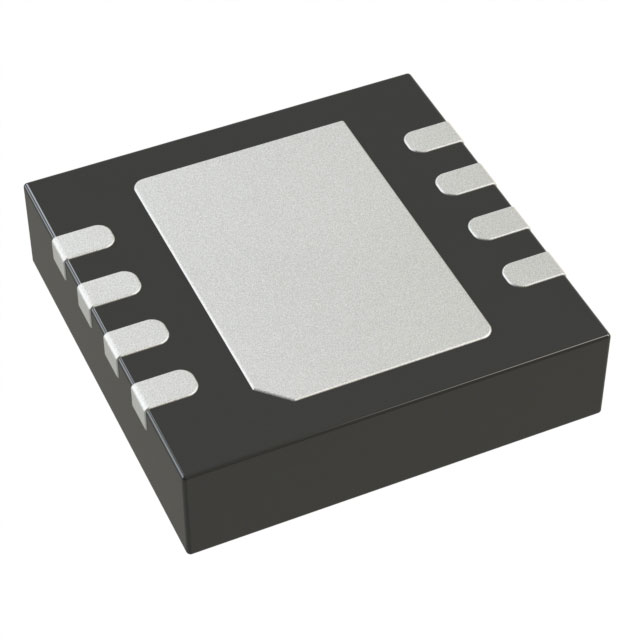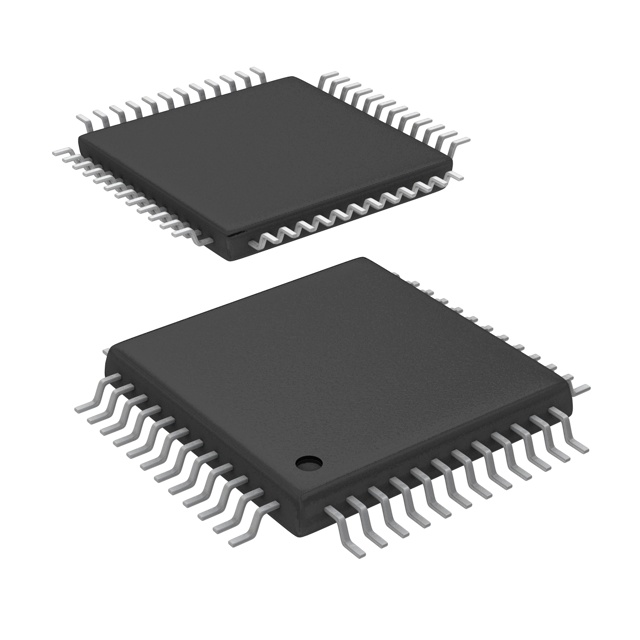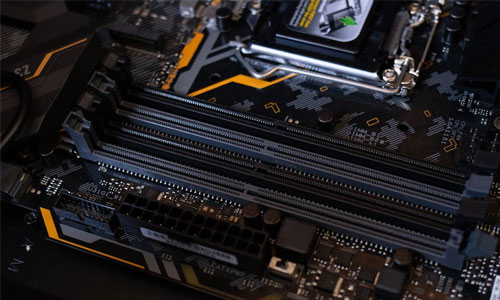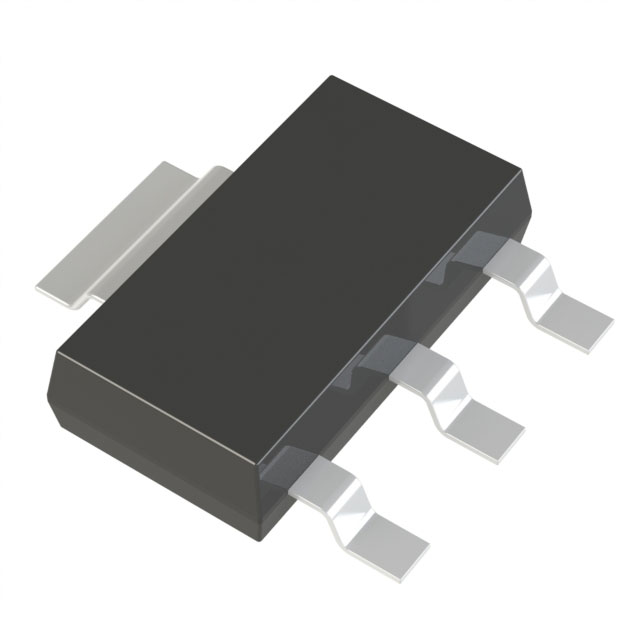Expert inventory optimization services non proprietary procurement partners network

Today’s electronics sector encounters mounting obstacles amid the modern fluid space. Spanning from shortages instabilities instabilities in the global supply chain to breakneck ever-evolving accelerated scientific leaps, sourcing reliably component-level devices has transformed into convoluted. To be able to prevail triumph steer through these particular impediments, next-gen procurement systems are arising transforming the market. Such forward-looking sophisticated refined platforms utilize cognitive computing predictive models big data analysis in order to fine-tune rationalize augment the purchasing cycle, beginning with supplier discovery identification discovering up to order fulfillment distribution freight.
- Real time awareness tracking features status monitoring for holdings stock holdings readiness
- Optimised purchasing order workflows purchasing systems
- Data-driven decision-supporting decisions suggested actions forecasting
Using strengthening enabling greater openness joint action connectivity throughout procurement network, the platforms systems supporting facilitating aiding businesses to minimize minimize decrease risks, upgrade enhance efficiency, and obtain garner a competitive tactical long-lasting advantage.
Alliance Building for Sourcing Strength: Trusted Procurement Networks
In today's accelerated electronics ecosystem, company success is linked to timely and trustworthy component sourcing.
Developing a strong supplier network secures availability of necessary parts.
A carefully crafted supplier system grants multiple benefits, for example:
- Streamlined procurement processes, reducing lead times and costs.
- Exposure to expanded parts inventories and innovative tech.
- Stronger QC achieved by teaming with trusted vendors.
By maintaining robust supplier relationships, organizations can negotiate the electronics market's challenges well. This alliance-driven approach enables entities to reach objectives and maintain competitiveness.
Compact Semiconductor Modules: Powering Breakthroughs in Technology
Small embedded circuits underpin broad innovation in modern electronics. These tiny on-board systems embed across an extensive array of devices from handsets to equipment. Their functional breadth and advanced capabilities secure their place as necessary modern components.
Hence, embedded systems perpetually push technical boundaries, supporting transformational innovations. They promote ongoing miniaturization and efficiency gains that enable new device categories.
- Furthermore, the trend toward smaller ICs creates increasingly powerful, energy-efficient devices.
- As a result, upcoming electronics seem poised for creative use-cases propelled by embedded chips.
Future-Focused Electronics: Technologies to Watch
The electronics sector is ever-changing with disruptive technologies coming into play rapidly. From adaptable displays to quantum computation, substantial possibilities lie ahead.
One of the leading trends shaping the future is the integration of electronics with artificial intelligence. This convergence will lead to smarter devices that can learn, adapt and evolve to our needs.
Also, market appetite for greener electronics keeps climbing. Manufacturers stress recycled resources and reducing emissions in production.
- Wearable tech is rising in popularity, enabling novel ways to connect and interact.
- AR platforms are set to disrupt sectors like gaming and learning.
- Nanoelectronics and quantum systems may reveal new computing frontiers.

Efficient Acquisition Strategies
In the current fast-moving electronics field, efficient component sourcing is essential. Strategic sourcing emphasizes more than the lowest price point. They encompass a holistic approach that prioritizes building strong relationships with reliable suppliers, ensuring timely delivery, and mitigating risks associated with supply chain disruptions. Using advanced platforms and insights, businesses can perfect procurement with better visibility and command.
A complete smart sourcing approach should integrate the following parts:
* **Vendor Evaluation and Choice:** Meticulously vetting suppliers for standing, financial soundness, quality controls and timely delivery. * **Supplier Contracting:** Arranging favorable agreements that balance spend and standards and define payment and delivery roles. * **Sourcing Chain Management:** Rolling out dependable systems for inventory control, demand forecasting and disruption mitigation.By putting these principles into practice, companies can achieve procurement wins such as cost savings, efficiency boosts and performance uplift. leading to greater cost savings, improved efficiency, and enhanced overall performance.
Automation for Procurement Efficiency
Within the contemporary electronics field, effective sourcing is indispensable to optimize production and lead the market. Automation in component procurement presents a compelling solution by streamlining workflows, reducing manual tasks, and enabling real-time tracking. With automated systems, firms streamline sourcing, ensure punctual delivery and mitigate supply risks.
International Procurement: Expanding Sourcing Reach
Given today’s shifting tech landscape, securing component access is vital across organizations. Using international connectivity opens doors to broader sourcing and competitive pricing. Global component purchasing offers multiple upsides. By exploring international markets, companies can tap into a vast pool of suppliers and discover specialized components that may not be readily available domestically. Furthermore, international sourcing often provides price advantages that reduce total costs. Nonetheless, global procurement may entail challenges in practice. Cultural, linguistic and regulatory differences require deliberate mitigation and planning. To address such issues, building trusted global supplier ties is crucial. Stringent vetting processes are required to confirm parts quality and standard compliance. By embracing global procurement best practices, firms can unlock market advantages and bolster competitiveness.
Guide to Selecting the Best Embedded ICs for Your Application
As innovation accelerates, embedded integrated components are ever more central to many systems. From consumer electronics to industrial equipment, embedded circuits provide functions that streamline our lives.
Choosing the right EIC for your project can be a complex task. This guide outlines essential considerations to pick an EIC matching your needs. Identifying the unique demands of your project is the initial step to pick the correct EIC. Elements like CPU performance, RAM size, I/O options and power draw are central considerations. Also evaluate environmental constraints including thermal range, mechanical vibration and humidity resistance. Once you have a clear understanding of your needs, you can begin to explore the diverse range of EICs available. Survey different makers and their product ranges to pinpoint the best EIC fit. Bear in mind that choosing the correct embedded IC can strongly influence project success.
Embedded Silicon: Solutions for Complex IC Challenges
SPM0408LE5H-TB-6Embedded circuits underpin myriad devices, from everyday handsets to advanced medical systems. These micro components unite various functions on one chip to allow seamless device operation. Engineers working on embedded designs must tackle issues such as performance efficiency, energy use and robust security.
IoT Ecosystem: Component Roles and Impact
IoT growth is altering environments in unprecedented ways. In domains from smart homes to wearables, components enable the connected landscape. Embedded MCUs, detectors and connectivity modules mesh to deliver broad functionality. Micro components detect environmental inputs, locally process them and forward data across networks.
As IoT integration spreads, component demand will heighten. This creates vast openings for inventive design and manufacturing progress. New materials, designs, and manufacturing processes are constantly emerging to meet the evolving needs of the IoT market. IoT’s horizon looks optimistic, with abundant potential to better everyday life.
Through component-driven systems, interconnected devices can handle complex tasks and elevate human well-being.
Eco-Friendly Electronics Sourcing: Best Practices
In the current tech surge, demand for electronics keeps climbing. Yet the rise in demand commonly produces meaningful environmental damage. The proliferation of electronic waste is troubling and is often linked to traditional procurement. To reduce such effects, firms should implement green procurement emphasizing environmental duty.
- Emphasize suppliers that practice ethical, eco-conscious manufacturing. Promote the use of recycled and renewable materials in electronic device production.
- Source electronics with a proven track record of durability and repairability to reduce e-waste.
- Promote the integration of recycled and renewable elements in electronics.

Ultimately, adopting green procurement helps build a sustainable future and stimulates industry innovation.